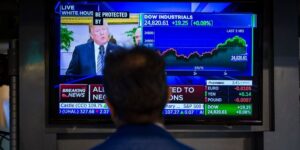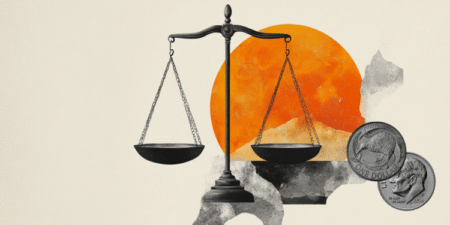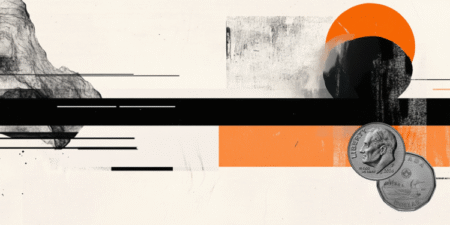The USD/JPY pair edges higher to near 150.35, the highest since August 1, during the early Asian session on Tuesday. The Japanese Yen (JPY) weakens against the US Dollar (USD) on political stability concerns after Japan’s ruling Liberal Democratic Party (LDP) elected a new leader. Traders will keep an eye on the Fedspeak later on Tuesday.
Japan’s ruling party has elected Sanae Takaichi as its new leader on Saturday, positioning the 64-year-old to be Japan’s first female Prime Minister. Her victory caused traders to reduce bets that the Bank of Japan (BoJ) will hike interest rates this month, weighing on the JPY and creating a tailwind for the pair.
“Sanae Takaichi’s surprise victory in the LDP leadership election marks an important turning point for Japan’s policy and market outlook,” Societe Generale strategists wrote in a note, pushing back the likely timing of the BOJ’s next rate hike to December from October.
Markets reduce their bets of a Bank of Japan (BoJ) rate hike at its October meeting. Overnight index swaps are currently priced in nearly a 25% chance of an increase, down from a 60% possibility before the LDP’s leadership vote.
The US government shutdown entered its second week on Monday, with lawmakers unable to make progress on a deal to restart funding. Additionally, the US President Donald Trump administration warned it was moving forward with plans to slash the federal workforce.
Traders await signs that the US federal government will reopen as the shutdown is leaving a void of US economic data, with last Friday’s Nonfarm Payrolls (NFP) report for September delayed along with other key releases until the government reopens. Concerns over a prolonged US government shutdown could undermine the Greenback against the JPY in the near term.
Japanese Yen FAQs
The Japanese Yen (JPY) is one of the world’s most traded currencies. Its value is broadly determined by the performance of the Japanese economy, but more specifically by the Bank of Japan’s policy, the differential between Japanese and US bond yields, or risk sentiment among traders, among other factors.
One of the Bank of Japan’s mandates is currency control, so its moves are key for the Yen. The BoJ has directly intervened in currency markets sometimes, generally to lower the value of the Yen, although it refrains from doing it often due to political concerns of its main trading partners. The BoJ ultra-loose monetary policy between 2013 and 2024 caused the Yen to depreciate against its main currency peers due to an increasing policy divergence between the Bank of Japan and other main central banks. More recently, the gradually unwinding of this ultra-loose policy has given some support to the Yen.
Over the last decade, the BoJ’s stance of sticking to ultra-loose monetary policy has led to a widening policy divergence with other central banks, particularly with the US Federal Reserve. This supported a widening of the differential between the 10-year US and Japanese bonds, which favored the US Dollar against the Japanese Yen. The BoJ decision in 2024 to gradually abandon the ultra-loose policy, coupled with interest-rate cuts in other major central banks, is narrowing this differential.
The Japanese Yen is often seen as a safe-haven investment. This means that in times of market stress, investors are more likely to put their money in the Japanese currency due to its supposed reliability and stability. Turbulent times are likely to strengthen the Yen’s value against other currencies seen as more risky to invest in.
Read the full article here
















